An Illustrated History of Old Sutton in St Helens, Lancashire
Part 14 (of 95 parts) - From Robins Lane to Sutton Academy Part 1 (1909-69)
Part 2 (1970-9) | Part 3 (1980-9) | Part 4 (1990-9) | Part 5 (2000-13) | Photo Album
Researched and Written by Stephen Wainwright ©MMXX Contact Me Research Sources
Part 5 (2000-13) | Education in Sutton | Photo Album
Researched & Written by Stephen Wainwright ©MMXX
Old Sutton in St Helens
During the late 1890s it was a big issue during East Sutton council elections with many candidates and voters opposed to the idea of non-church schools. Another controversy was the employment of married women teachers. In 1907 when it was reported that the Board of Education had approved the plans for the building of a school in Robins Lane, St.Helens Corporation announced that all married women teachers working in elementary schools within the town were going to be sacked. This was then enshrined in law and so it seems probable that until the 1944 Education Act, which outlawed such discrimination, only single female teachers were employed at Robins Lane.
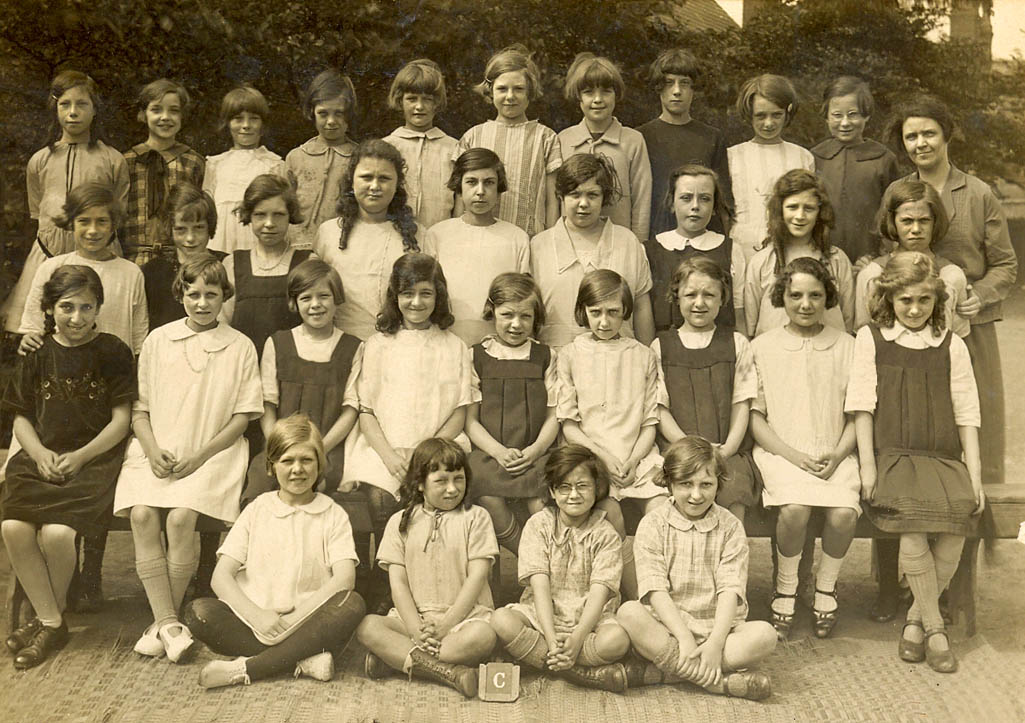
A class photograph from the Robins Lane Girls School which was taken in the 1920s

Class photo from the Robins Lane Girls School taken in the 1920s

Robins Lane 1920s class photo
The 80 feet-long, 40 feet-wide and 30 feet-high hall particularly impressed the Newspaper’s reporter, who described it as ‘splendid’ and ‘magnificent’. As it could be separated from the classrooms, it was suggested that Sutton people could use the hall for social functions. The newspaper explained how teachers’ rooms, lavatories and storerooms led from the assembly hall, with eight classrooms within each wing. The extremity of one wing contained a room for drawing and a ‘manual training’ room, the latter accommodating twenty students at a time. The extremity of the other wing hosted the cookery department which could accommodate 18 pupils.
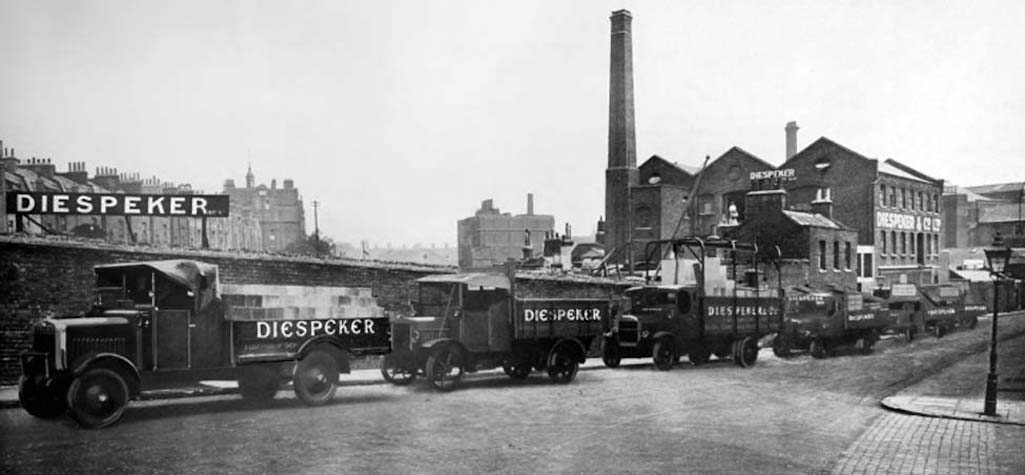
The works of Diespeker who sent 35 Italian craftsmen to Sutton to install a mosaic on the walls of the new school

The works of Diespeker who sent 35 Italians to Sutton to install a mosaic

The works of Diespeker who sent 35 Italians to Sutton to install a mosaic
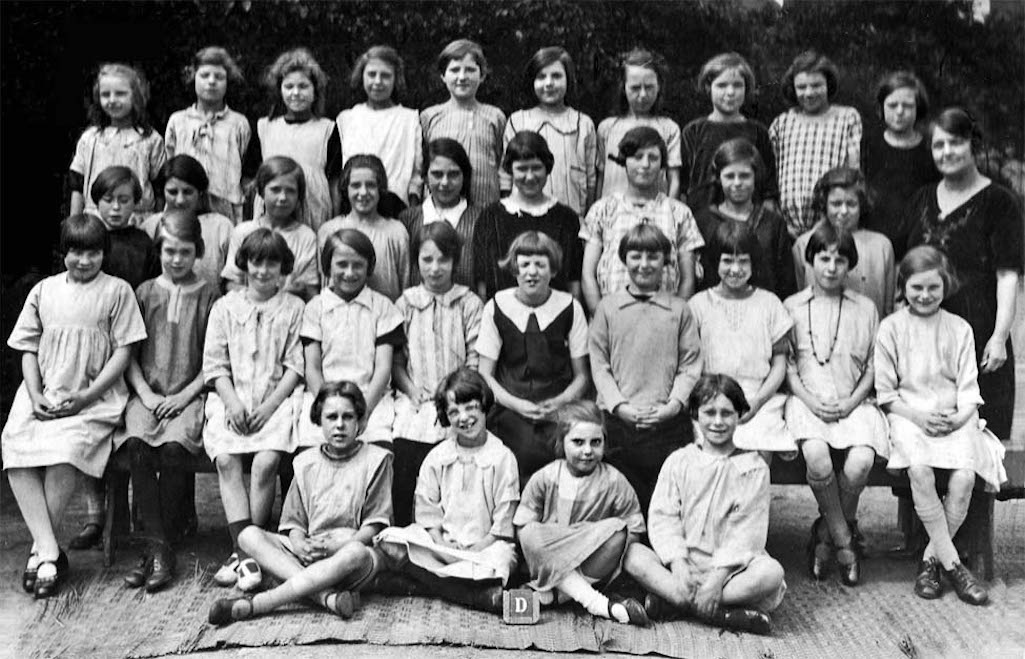
Class photo from Robins Lane Girls School from 1927 - contributed by Margaret Crosbie

Class photo from Robins Lane Girls School from 1927

Robins Lane Girls School from 1927
At the beginning of the new school year in August 1931, 129 older boys and 146 girls were transferred from Sutton National School to Robins Lane. This was in response to the Hadow reports, written by influential educational reformer William Hadow, who had called for the ending of all-age schools, the re-organisation of elementary education and the creation of secondary modern schools.
This created an accommodation problem at Robins Lane, with St.Helens Council wanting to use the existing premises as a secondary school and build a new elementary or junior school for 700 children on a 3-acre site nearby. However Rev. William Colegrove, and the other managers of Sutton National, objected to the scheme and it was withdrawn. Instead Robins Lane was reorganised so as to create two senior departments accommodating 360 boys and 360 girls, as well as a mixed junior department for about 300 pupils. New accommodation for about 160 infant children was also provided.
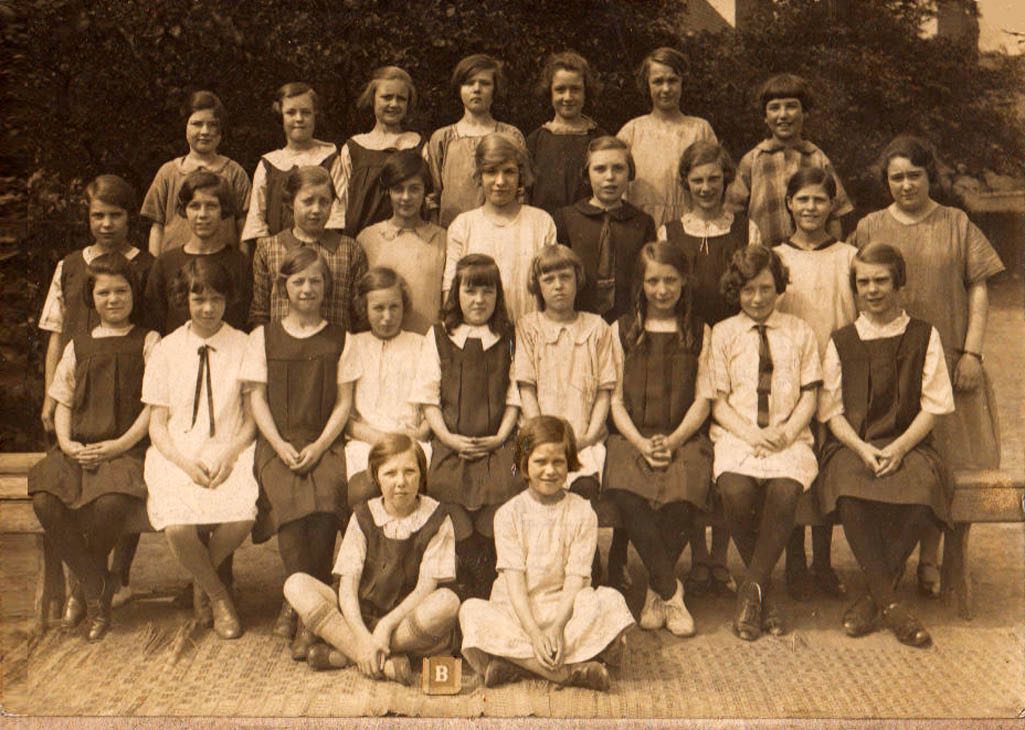
Class photograph from Robins Lane Girls’ School taken during the 1930s - contributed by Matt Gilsenan

Class photo from Robins Lane Girls School from the 1930s

Robins Lane Girls School from 1930s
On October 4th 1938 twelve-year-old Elsie Williams of 11 Powell Street in Sutton fell and fractured her right knee at Robins Lane, while jumping a two-foot high rope during a gym class. As it had been raining, the PT teacher Maud Westworth decided to hold the class in a school corridor, which had a stone floor. The girls were jumping the rope in groups of three or four, landing on a mat, when the accident occurred. On June 21st 1940 Elsie (through her father Eli Williams) claimed damages from St.Helens Corporation at Liverpool Assizes. They denied responsibility, stating that the exercise was laid down in the Board of Education syllabus and that school inspectors had witnessed the corridor being used for such a purpose. Elsie won her case and was awarded £60 by Justice Oliver, as well as 6 guineas expenses, that’s the equivalent of about £2000 in today’s money.
A gymnasium was built at the school in 1939 costing £8000 (possibly as a result of the accident), as well as other additions and alterations, designed by architects Biram and Fletcher. Mr. Laithwaite left the school in 1947 and for a short period, assistant head W. Williams acted as headmaster until the appointment of E. R. Rogers on April 5th 1947, who remained in charge for five years.
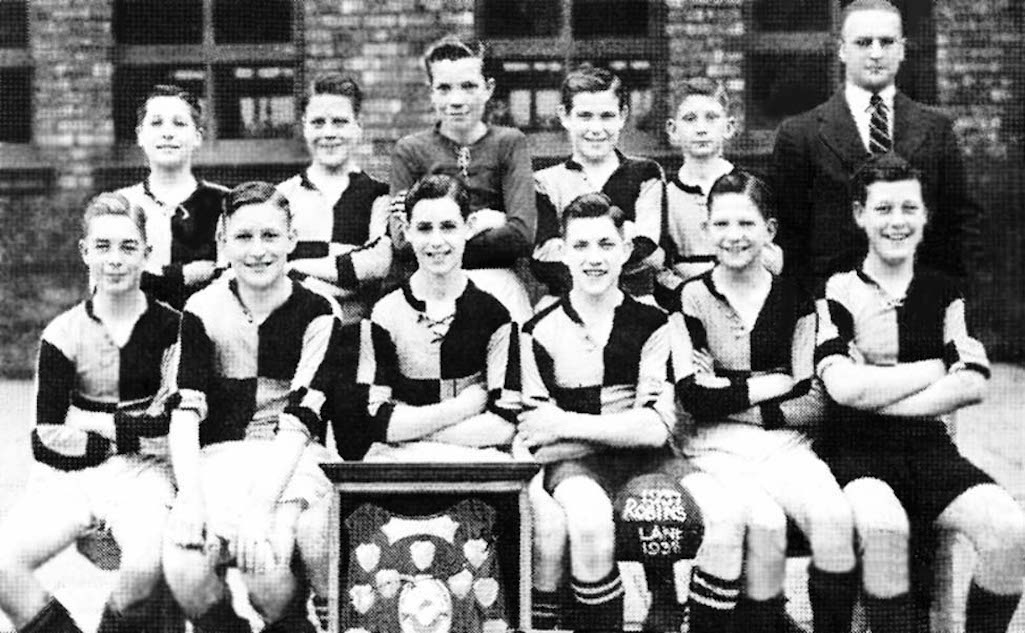
Robins Lane football team 1937/8 with sports teacher R.E. (Bob) Jones who played for St.Helens Recs

Robins Lane football team 1937/8 with sports teacher Bob Jones

Robins Lane football team 1937/8
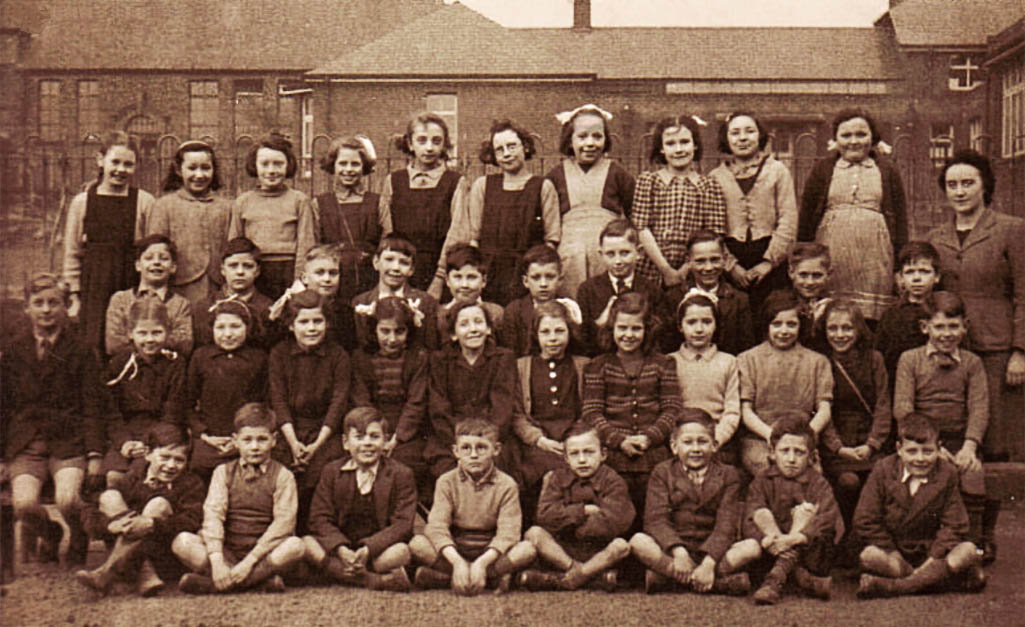
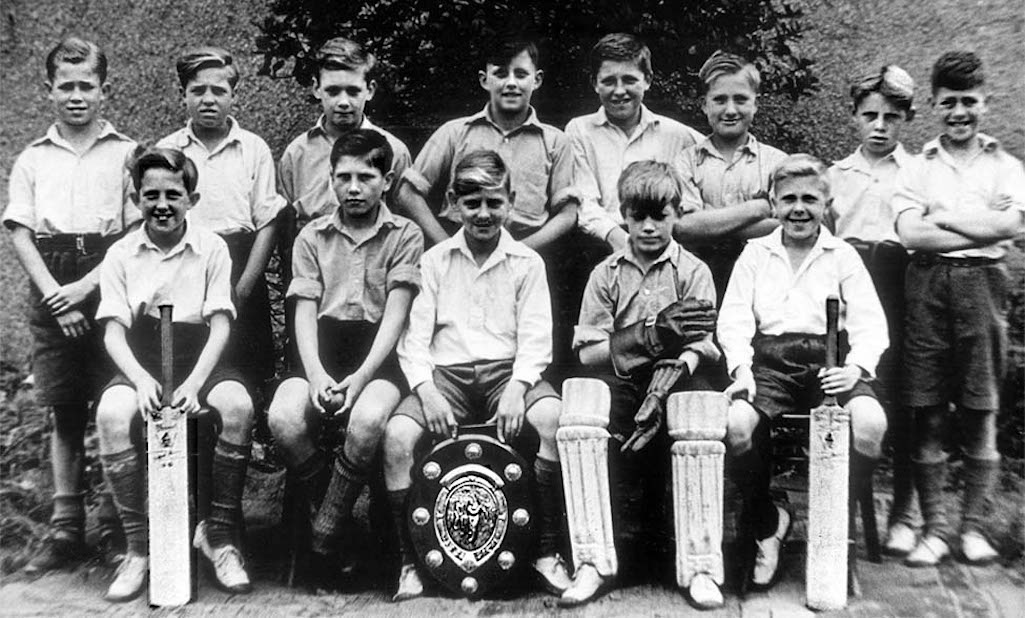
The trophy-winning Robins Lane Juniors cricket team from 1947 - Contributed and identification by Geoff Chisnall

The trophy-winning Robins Lane Juniors cricket team from 1947

Robins Lane Juniors cricket team 1947
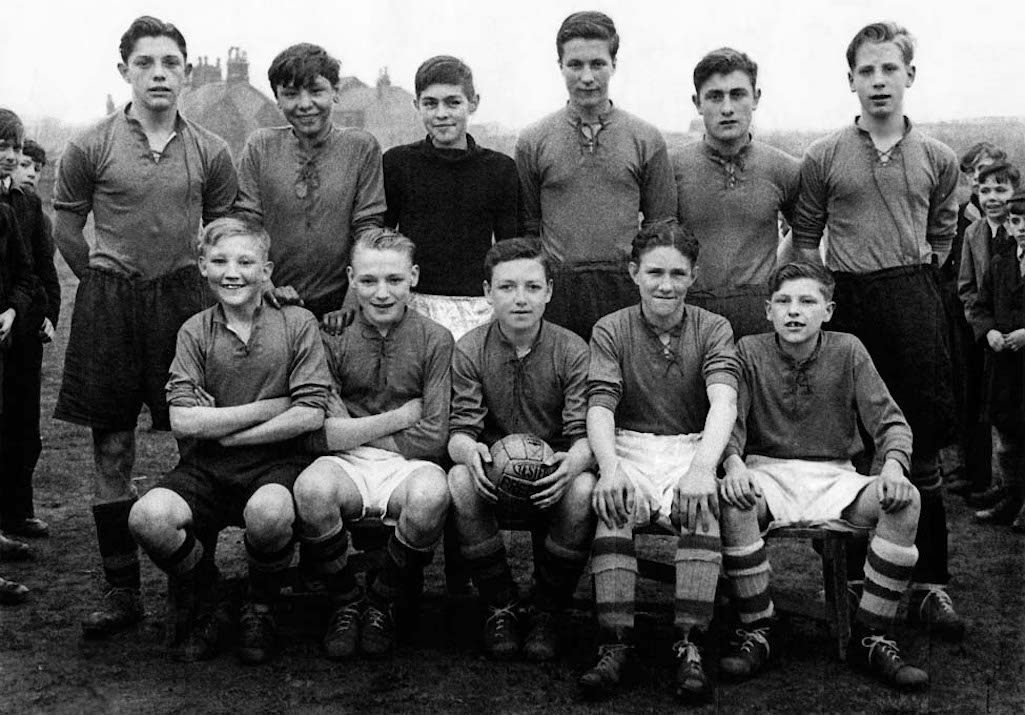
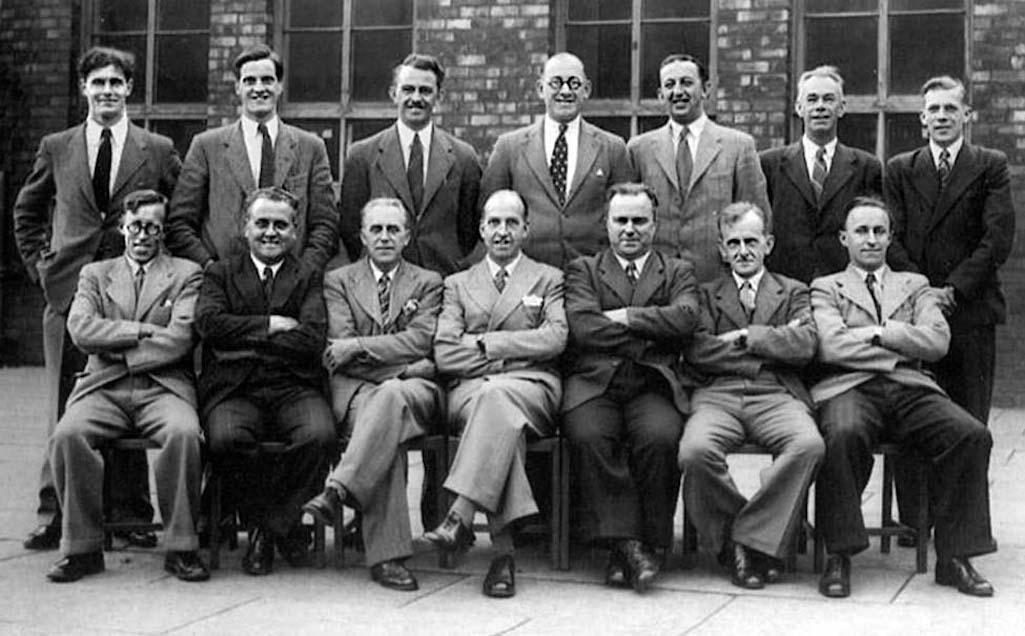
Robins Lane Secondary Boys School Staff c.1950 - contributed by Harry Hickson / Geoff Chisnall

Robins Lane Secondary Boys School Staff taken about 1950

Secondary Boys School Staff c.1950
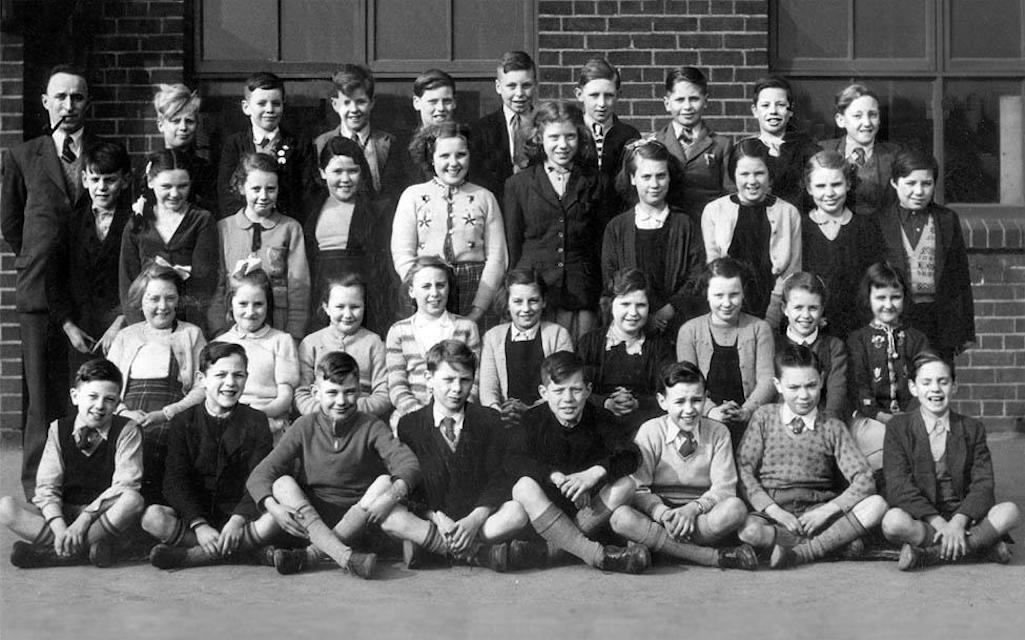
A Robins Lane Junior School class photograph from 1953 - contributed by Dave Almond

A Robins Lane Junior School class photograph from 1953

Junior class photograph from 1953

The teaching staff at Robins Lane Secondary Modern girls school in 1949 and c.1950 - contributed by Kathleen Fehrman

The teaching staff at the girls school in 1949 and c.1950

Girls school teaching staff c.1950
Drama was strongly encouraged by headmistress Doris Gee and the girls' performance of 'Toad of Toad Hall' on July 8th, 9th and 10th of 1947 bowled over the local critics. The St Helens Newspaper gushingly praised the 'enormous cast', 'multiplicity of scenes' and 'wealth of songs and ballets' which had caught to 'perfection the spirit of this delightful play'. They believed that the production in the school hall would long be remembered as an 'outstanding example of the success that can be achieved by intelligent co-operation between children and teachers'. Toad was played by Florence Grice (a 'scintillating performance', said the Newspaper), Mole by Jennifer Davies, Rat by Edith Jones and Badger by Eunice Jones, ('three delightful planets revolving round the solar Toad').
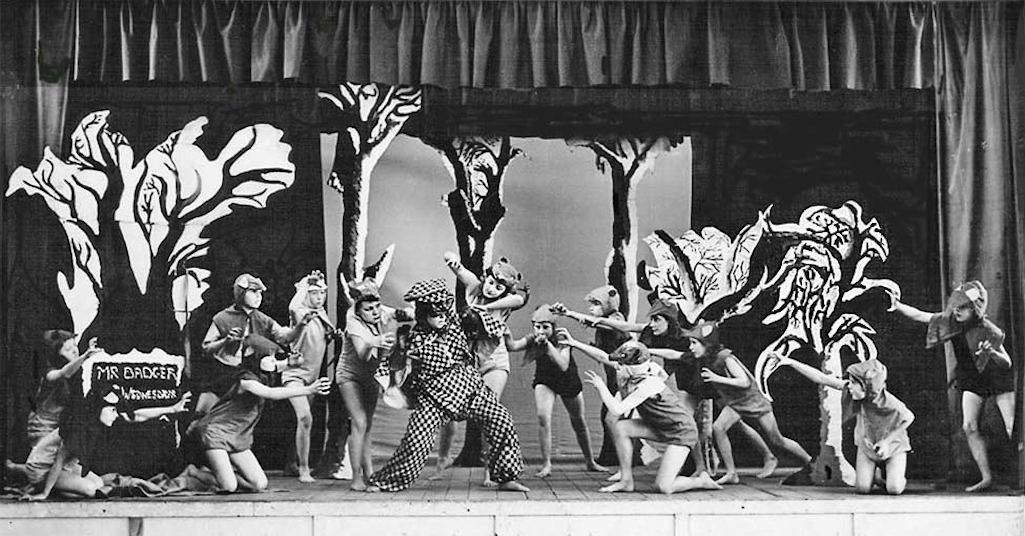
Robins Lane Secondary Modern girls' school production of Toad of Toad Hall - contributed by Kathleen Fehrman

Robins Lane Secondary Modern girls production of Toad of Toad Hall

Girls' production of Toad of Toad Hall
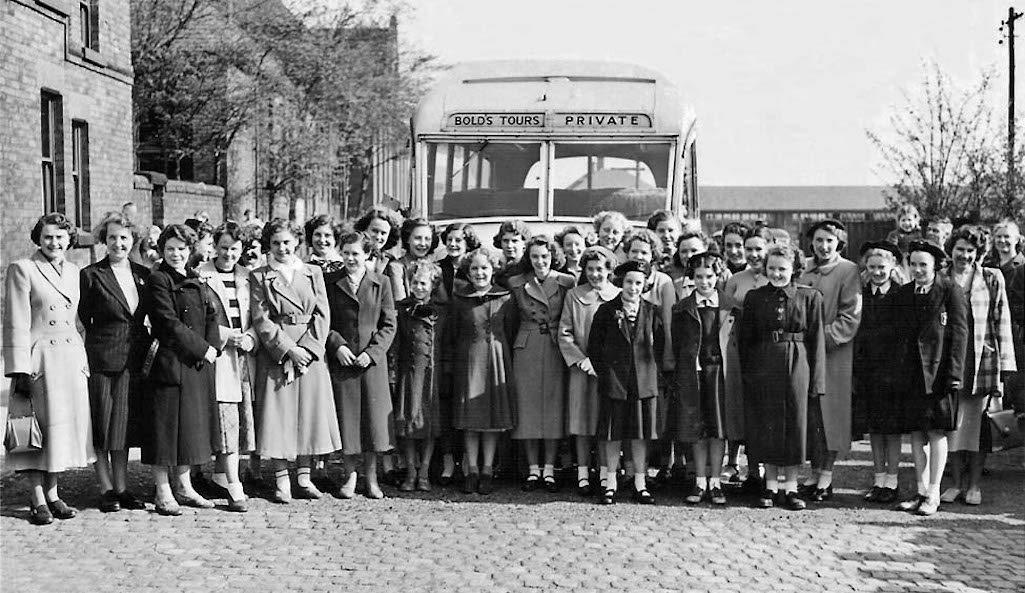
Outside the school preparing for a coach trip to the Festival of Britain in 1951 - contributed by Ivy Swift

Preparing for a coach trip to the Festival of Britain in 1951

1951 coach trip to Festival of Britain
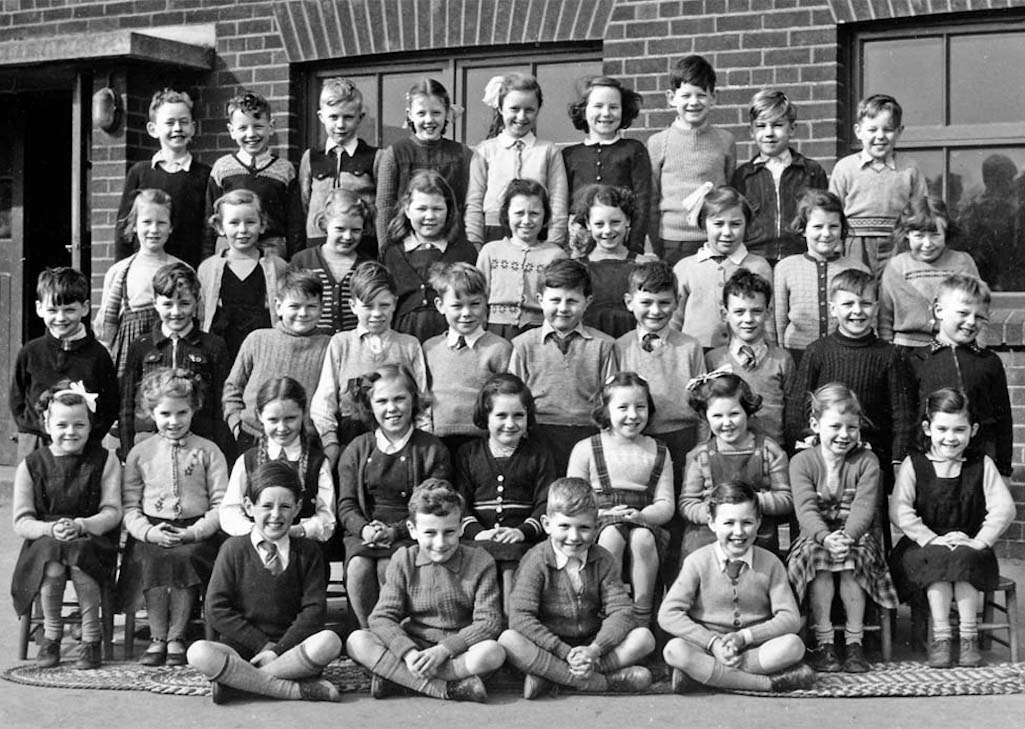
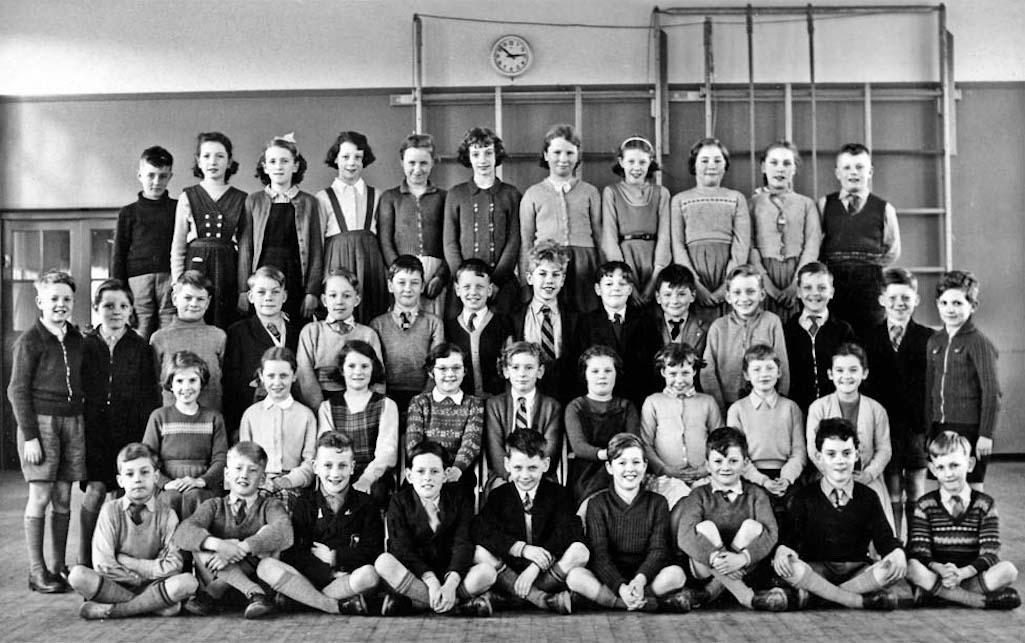
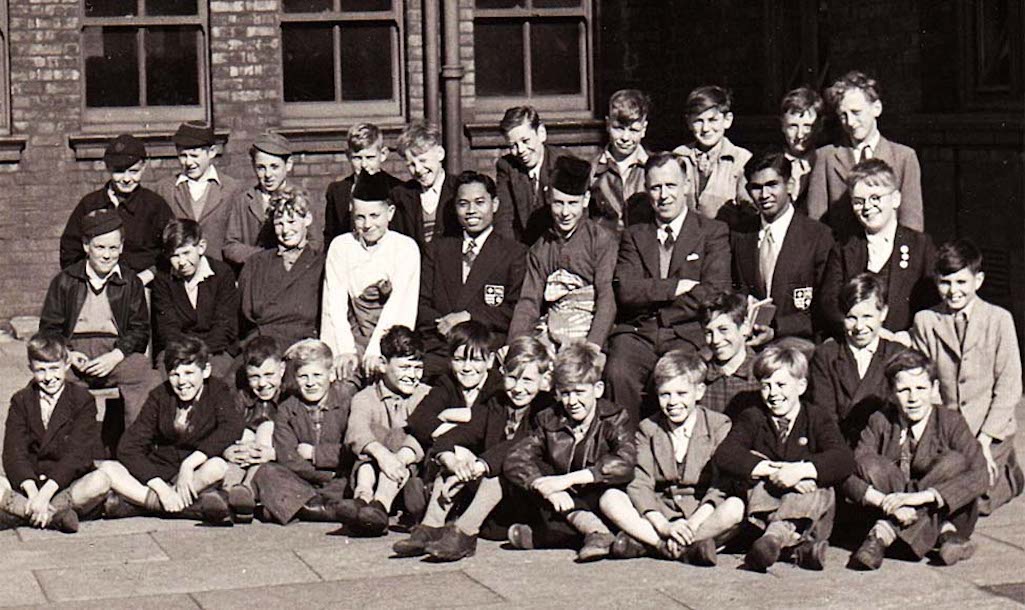
A boys secondary class photo from 1954 with two trainee teachers from Malaysia - contributed by John Barton

Secondary photo from 1954 with two trainee teachers from Malaysia

Secondary class photo from 1954
Members would receive a badge with an orange background surmounted by a large black 'S'. A committee consisting of five staff members and five boys would consider cases in which a member was accused of falling short of league standards and they would have the power to suspend membership. Members' privileges included access to the games room and library at lunchtime, as well as to the school's science room by arrangement. There would also be occasional games periods for members only and lantern lectures in and out of school hours. Only league members could serve as prefects or readers in assembly. Once there was sufficient membership, all school teams would be members only. Currently 69 pupils had been accepted as League of Service members.
The head of the boys’ secondary school, Edward Rogers, departed in July 1952 to become head of a school in Halifax. He was succeeded in Sutton by Joseph Woods, who would remain in post for almost twenty years. The above photograph of form 11B was taken in 1954 and as well as Mr. Woods, includes two young teachers from Malaysia. One was R. Ahmed and Robins Lane Boys Secondary Modern was the pair's first teaching post.
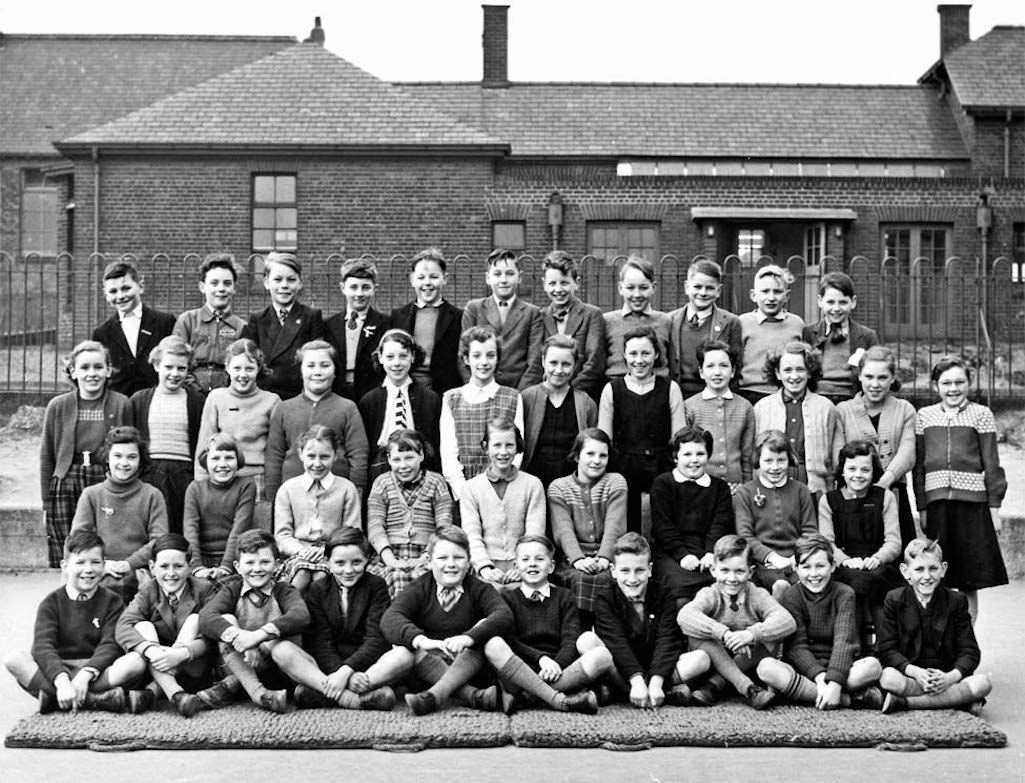
Robins Lane Junior School class photo c.1956 / 1957 - contributed by Dr. Wilf Powell

Robins Lane Junior School class photo c.1956 / 1957

Junior School class photo c.1956
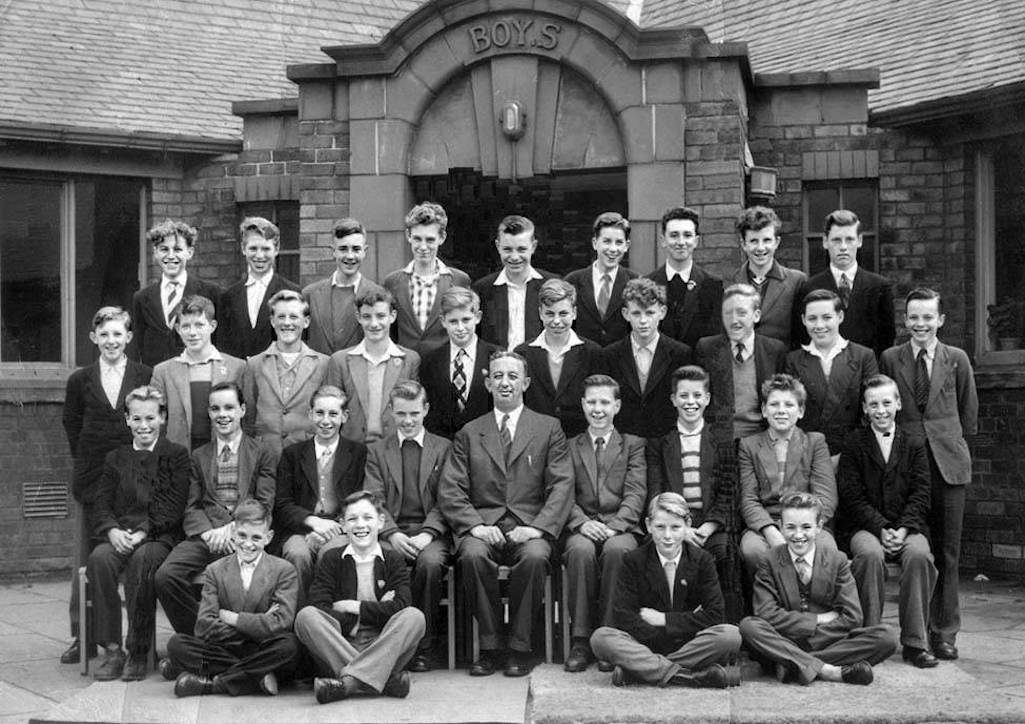
A class photograph c.1957 from Robins Lane Senior Boys School - contributed by Dave Almond

A class photograph c.1957 from Robins Lane Senior Boys School

A boys class photograph c.1957
Thirteen-year-old Patricia Rigby of Robins Lane was the winner of an unusual competition on November 11th 1959. She was crowned one of two champion tea makers in the final of a contest held at the Free Trade Hall in Manchester. The tea-making tournament was organised by the Ceylon Tea Centre of London and the North Western Gas Board. The aim of the competition was to encourage girls to make tea well and 'serve it attractively'. The compere for the evening was Jon Pertwee, star of 'The Navy Lark' and a future Dr. Who. Patricia was awarded an educational grant of £50, to be used as her parents and school thought fit.

The teaching staff at Robins Lane Secondary Modern Girls' School in 1956 (left) and 1960 (right)

Teaching staff at Robins Lane Secondary Modern Girls' School in 1956 & 1960

Robins Lane Girls' School teaching staff in 1956 (left) and 1960 (right)
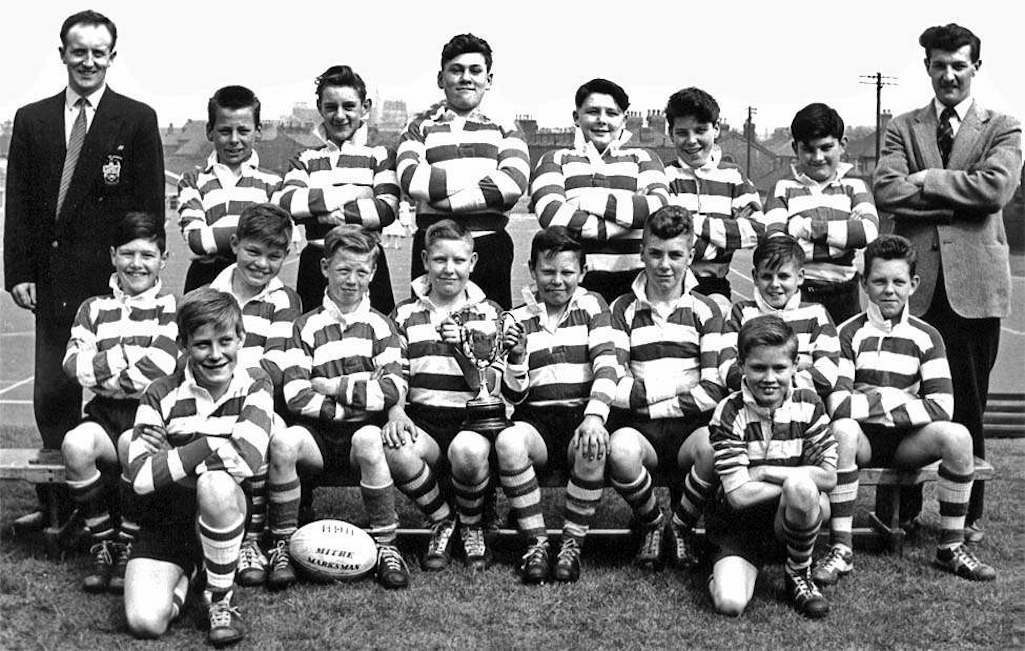
Robins Lane Boys Winners of the Pennington Cup in 1961 with teachers Lewis Reece and R. F. Birkett

Pennington Cup winners in 1961 with teachers Lewis Reece and R. F. Birkett

Winners of the Pennington Cup in 1961
During this period the annual school sports were held in Sherdley Park, with junior and secondary pupils participating in individual and house competitions. The houses were initially named after famous historical figures, with the boys’ houses (Horatio) Nelson, (General James) Wolfe, (Major-General Robert) Clive and (Sir Walter) Raleigh. The girls' equivalents were (Dame Millicent) Fawcett, (Elizabeth) Fry, (Florence) Nightingale plus Hill house.
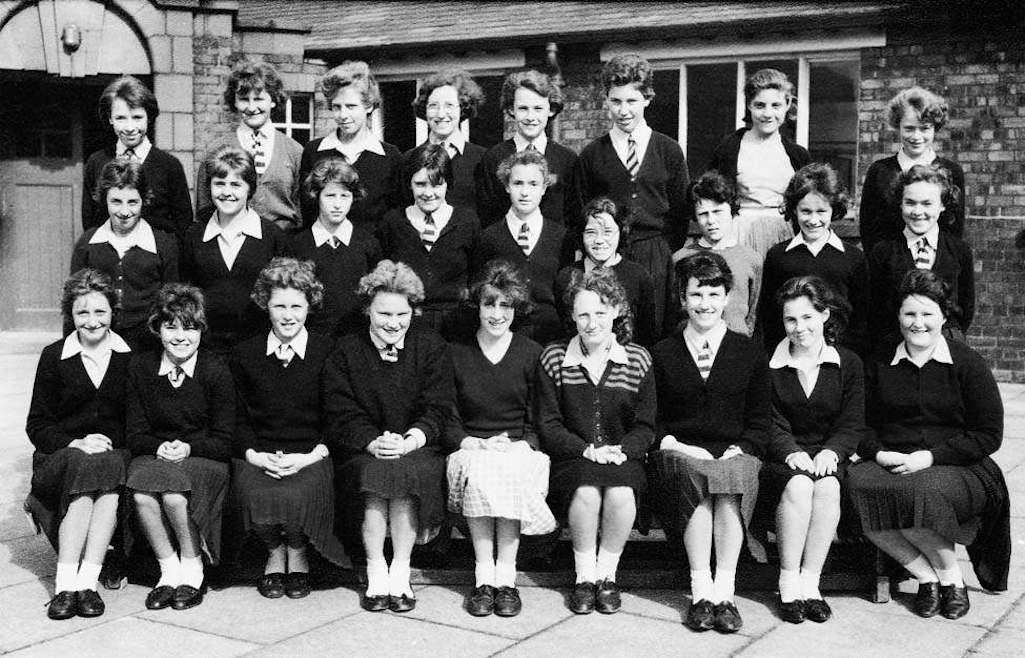
Class photo from Robins Lane Girls School from 1961 - contributed by Edna Smith

Class photo from Robins Lane Girls School from 1961

Robins Lane Girls School from 1961
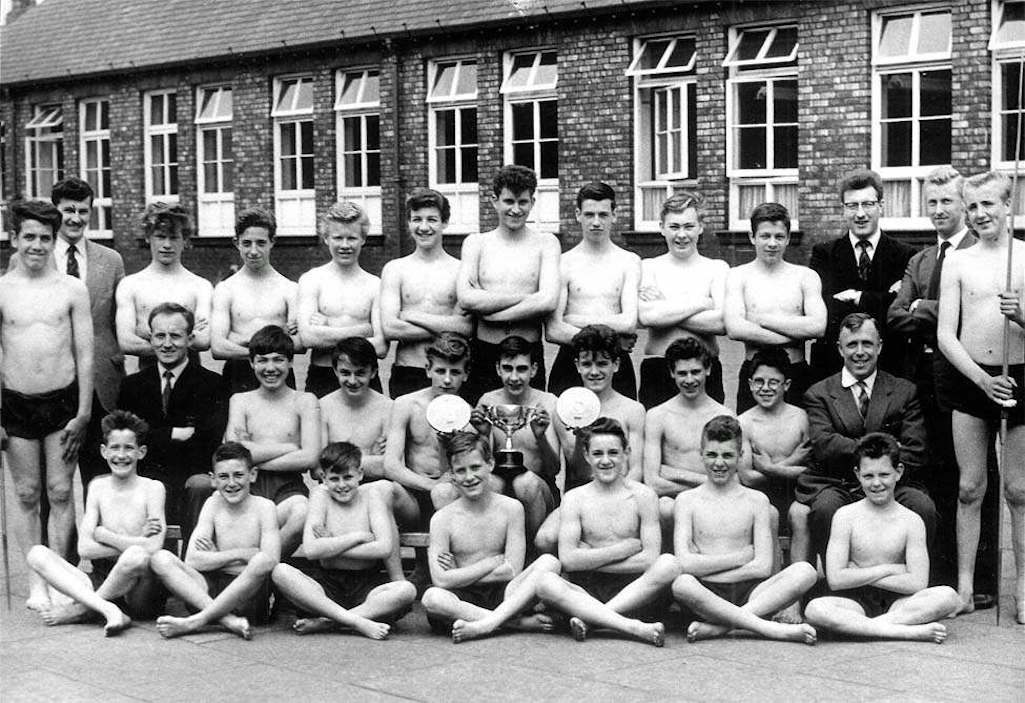
Robins Lane Athletics Team at Ruskin Drive in 1961, winners of the St.Helens Inter-Schools Athletics competition

Robins Lane Athletics winners of the Inter-Schools Athletics competition 1961

Robins Lane Athletics in 1961, winners of Inter-Schools Athletics competition
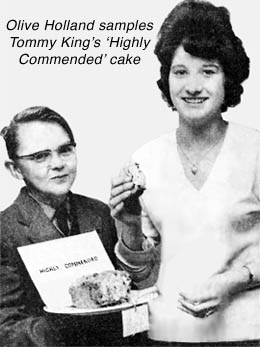
Young Tommy King was pictured with his ‘highly commended’ cake which was being enjoyed by a judge! Small money prizes were awarded to the winners and J. Darlington’s rabbit won the prize for best livestock.
These hobbies were undertaken at home, although the boys’ school then boasted a remarkable range of societies. These included a Fur and Feather Society, First Aid Club, Sketch Club, Cine & Film Group, Science Club and an Angling Club, whose members often fished far afield. Another group took several years to construct a model railway in one of the classrooms.
For an hour a week between Easter and mid-Summer, second and third year boys got out of their classrooms and worked in the school's half acre vegetable plot. The lads grew root crops such as potatoes, turnips, cabbage, carrots, raddish and onions, which they planted, tended and then sold. The plot was introduced during the war as part of a 'grow more food' campaign and later became part of the school curriculum.
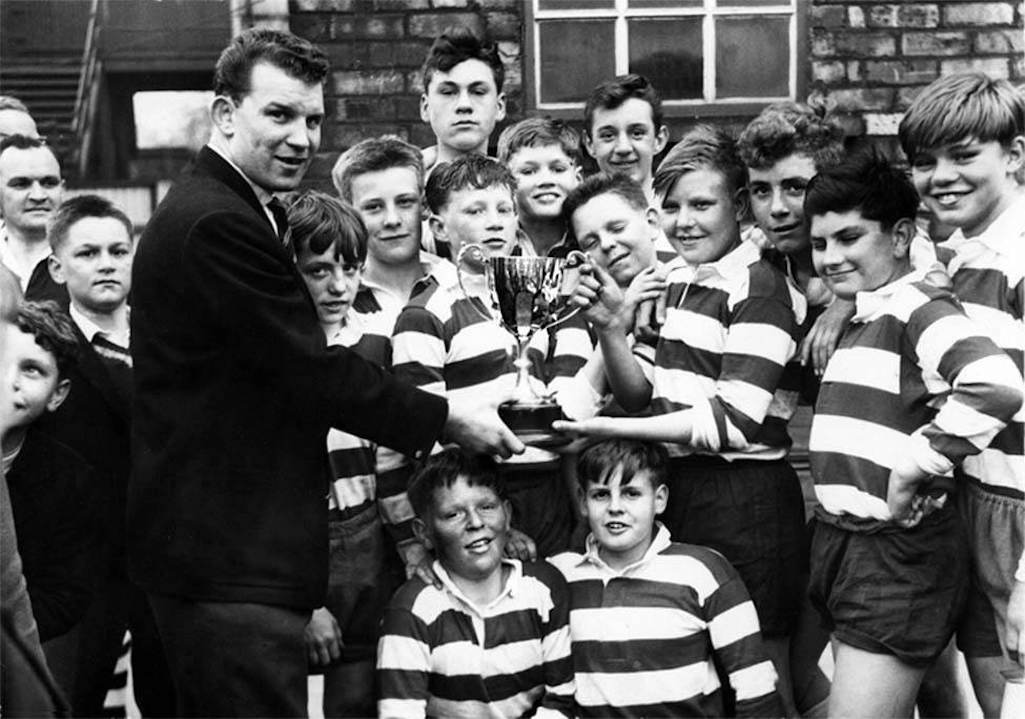
Saints wingman Mick Sullivan presents the Waring Cup to Robins Lane in May 1962 at Knowsley Road

Saints Mick Sullivan presents the Waring Cup to Robins Lane in May 1962

Saints Mick Sullivan presents the Waring Cup to Robins Lane in 1962
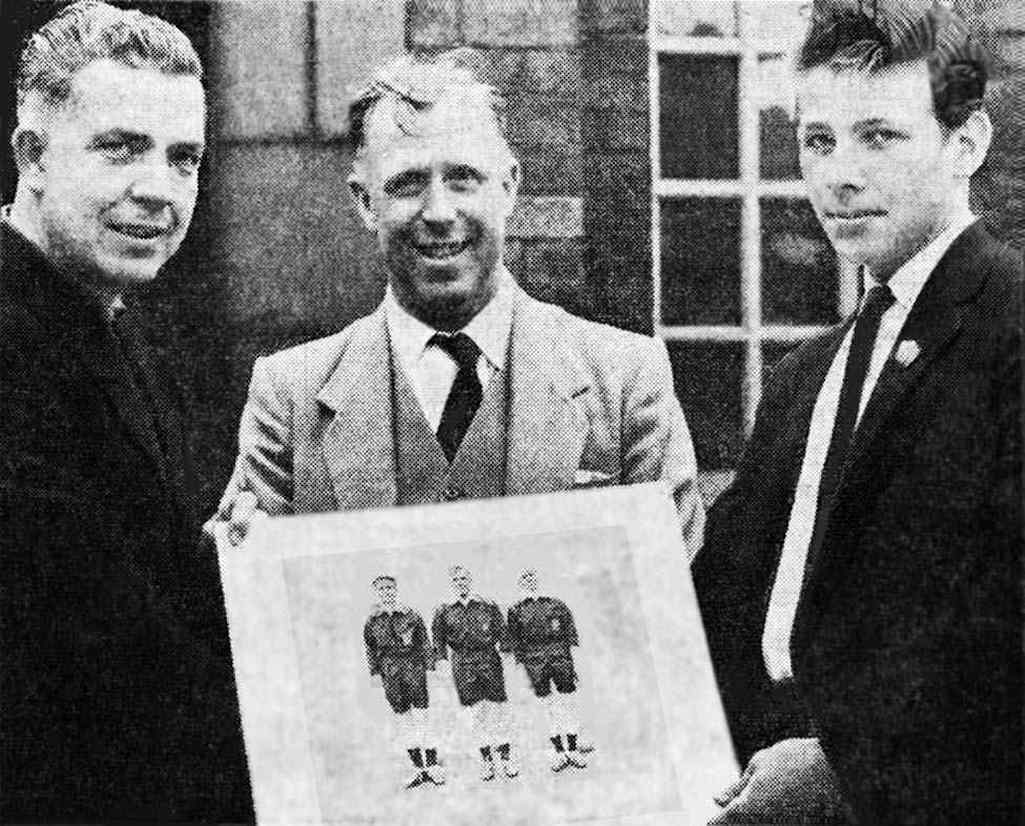
Old boy and referee Jim Finney presents a photograph to head boy John Rimmer and Boys' head Joseph Woods

Football referee Jim Finney presents a photograph to Robins Lane School head boy John Rimmer and headmaster Joseph Woods on July 2nd 1962

Jim Finney presents a photo to head boy John Rimmer and Joseph Woods
Also in July, Alan Lavelle of 4C was presented with a watch for not taking a day off school during his four years at the school. The previous boy to attain this feat had been Henry Thompson in 1958, who had also been in class 4C. Wrist watch awards for unbroken attendance records at Robins Lane first began in 1956 and continued for about 20 years.
Speech days first began in 1954 and were a means of summing up the achievements of the academic year prior to the summer break. The proceedings at the July 1963 event were enlivened by the recently-formed school brass band. These days the number of students who progress into higher education is considered a key indicator of a successful school. For a secondary modern during the 1960s, the benchmark was the number of apprenticeships that 15 years-old school leavers had obtained.
Boys' head Joseph Woods was pleased to inform parents that out of 120 school leavers, 48 pupils had secured apprenticeships. On the sporting side, both the junior and senior boys’ teams had won the town cross-country championships and the senior rugby league team had reached the final of the Ellison Cup. The day was also the annual open day in which parents could inspect classes. These had first been introduced at Robins Lane in 1949.
The school's prowess at rugby league was underlined in March 1964 when three pupils were selected to play for Lancashire against Yorkshire. These were 14-years-old Raymond Turner of Tennyson Street, 15-years-old John Grady of Robins Lane and 15-years-old Dennis Lyon of Sunbury Street in Thatto Heath. The latter lad also captained the county side and was the nephew of rugby league star Alex Murphy. Their school side, coached by R. F. Birkett, had an incredible record, having not lost a single match in four years. During the 1963-4 season, the team amassed 437 points and conceded just 9.
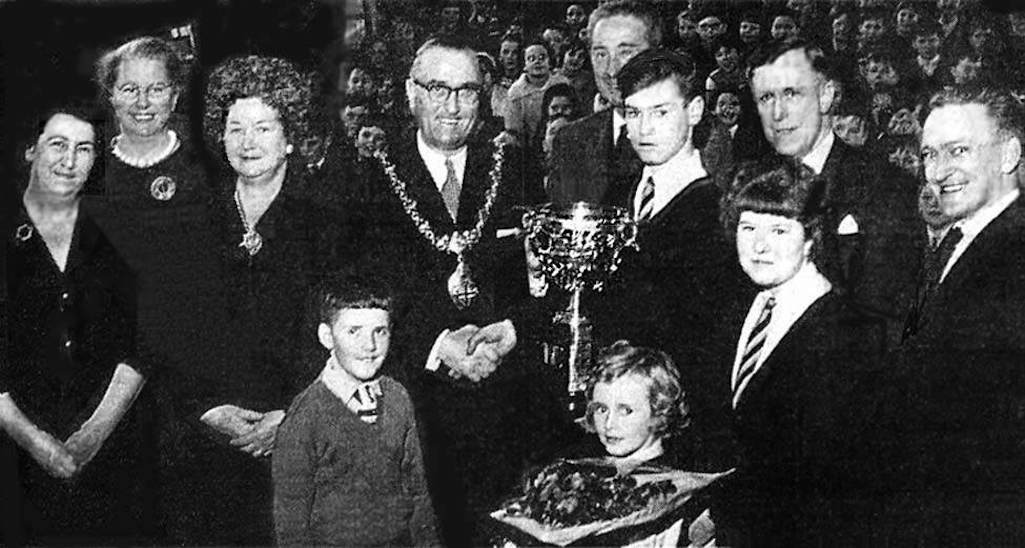
Raymond Turner receives the Whittaker Schools Trophy from the Mayor Cllr. James Hand in March 1964

Raymond Turner of Robins Lane receives the Whittaker Schools Trophy from the Mayor of St.Helens Cllr. James Hand in March 1964

Raymond Turner receives the Whittaker Schools Trophy from the Mayor Cllr. James Hand in March 1964
During the 1966 open and speech day, Mr. Woods revealed that during the past sixteen years, 671 boys out of 1196 school leavers had won apprenticeships. The head also said that the school’s last hobbies exhibition had resulted in over 400 entries, with 200 being livestock. During the speech day, head boy Geoffrey Neimarlija won a watch for four years perfect attendance.
The boys and girls’ schools did much charity work through their League of Service, which made collections for Oxfam and disability charities. Since 1955 they had also annually distributed food, flowers and coal to the "old folks" of Sutton, bringing their own gifts from home. Their good-hearted donations to the pensioners took place at Harvest time and every Christmas when a party was held.
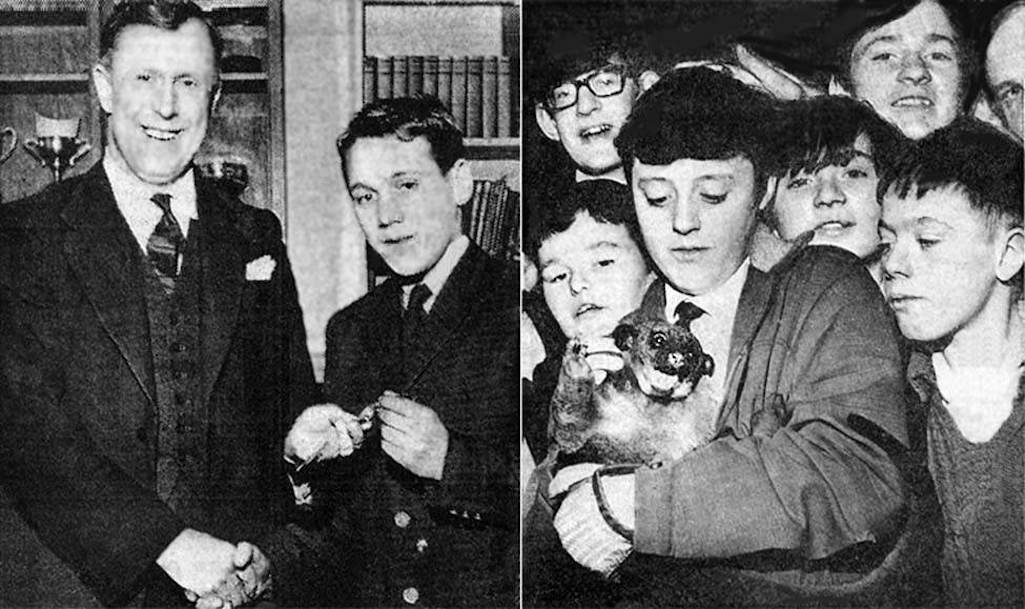
Left: Billy Hughes gets his watch from Mr. Woods in 1964; Right: Brian Honey's kinkajou at the 1966 hobbies day

Left: Billy Hughes receives his watch from headteacher Mr. Woods in 1964; Right: Brian Honey's kinkajou at the 1966 school hobbies day

Left: Billy Hughes gets his watch in 1964; Right: Brian Honey's kinkajou
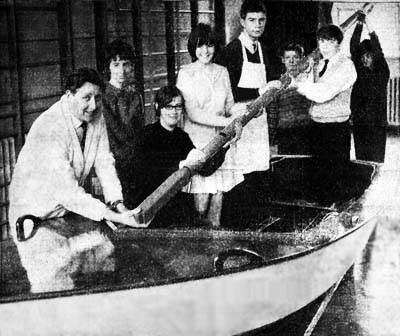
1968 was also the year that Robins Lane 1st year rugby team beat Central Modern to win the Pennington Cup. At the July open / speech day, 15-years-old Allan Homer of Leach Lane won a wrist watch for 4 years full attendance. Two years later it was his brother Albert who won the prized timepiece, along with Fred Eden from Shakespeare Road. The St Helens Reporter stated that the pair had now left Robins Lane with Albert intending to become a radiologist and Fred a welder. Also during July 1970, Albert's brother Allan was pictured in the Reporter having won a prize for being the top 1st year apprentice in St Helens. Evidence that the watch-winning punctual pupils became better, more conscientious employees. Curiously Allan Homer’s prize from the Merseyside Training Council was a coal scuttle. A useful object at that time but not necessarily what 17-year-old lads dream of!
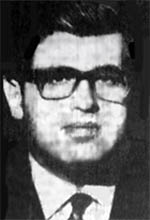
In August 1969 the Robins Lane boys and girls competed separately in 'It’s A Knockout' at the St.Helens Show. Based on the popular TV series, this was a fun challenge in Sherdley Park between various St Helens' schools. On September 1st the separate boys’ and girls' secondary schools at Robins Lane merged into a single school with Joseph Woods as head and Phyllis Cole as his deputy. Miss Cole had been the deputy headmistress of the girls’ school after transferring from Rivington Secondary Modern. Eleanor Lancaster took the opportunity to retire as headmistress after teaching for 38 years. Fifteen of these had been spent in charge of the girls at Robins Lane. One of the headmistress's last acts had been to present a watch to 15-year-old Susan Bailey from Spencer Gardens who left the school with a 100% attendance record over four years.
In early October 1969 it was decided to end the school day at Robins Lane 15 minutes early in order to give the children a choice of three buses to get them home. The revised timetable of St Helens Corporation's Transport Department had meant that only one bus was available for the children when they finished at 3:30pm. However the quarter of an hour was taken off the lunch break, so no schooling was lost.
On October 20th St Helens Corporation’s Education Department was advertising in the Guardian for tenders for the erection of an extension to the Robins Lane Secondary School. This would comprise a gymnasium, a science laboratory and metal and woodwork rooms. The gym would replace the original one that had been built at the school in 1939. The 1970s would bring to the school more sporting and dramatic successes and a new head. Plus a sports centre, talking newspaper, Elton Head Road annexe and a name change.



